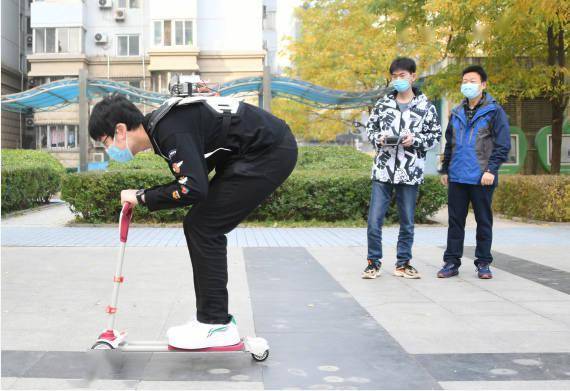Researchers apply aviation tech in winter sports training
China Daily | Updated: 2022-02-11 10:15

Four Chinese speed skaters stormed to a thrilling victory in the mixed 2,000m relay at the Beijing Winter Olympics on Saturday, clinching China's first-ever gold in the event-a feat that can be partly attributed to aviation technologies.
A research team led by Ke Peng, an associate professor at Beihang University in Beijing who once studied aerial vehicles, lent its expertise to the training process.
Ke is also the science director of China's national speed skating team, and in 2019, his research team attempted to apply its knowledge of aircraft engineering to winter sports training.
The endeavor can be traced back to a chilly morning, when Ke and his team collected data from athletes at a skating rink in suburban Beijing using multiple sensors based on the athletes' movements, muscle strength and details about their skate blades.
Later, it occurred to Ke that the route planning algorithm of an aircraft could also be used to help design optimal glide routes for skaters.
The team worked to build digital models for skaters supported by a slew of parameters, including gliding routes, thrust power, balance and swerve control.
Ke considered critical questions, such as "When skaters are going to swerve, should they slow down in advance or not? Should they turn a big or small curve?" He concluded that models tailored for individual skaters could offer the answers. By taking into consideration their heights, gliding postures, muscle energy consumption, and the angles of their arm swings and leg kicks, the models can produce optimal plans for energy distribution.
"Thanks to the scientific training approach, a 10 percent increase in speed was achieved during a typical speed skating race," Ke said.
Ke also brought to the skating rink his "secret weapon"-a mini turbofan engine, a type of air-breathing jet engine widely used in aircraft propulsion to minimize fuel consumption.
The turbofan engine provides thrust to a skater, who wears it like a backpack.
During training, skaters tend to slow down involuntarily when gliding at a high speed, which prevents them from grasping the skills required to maintain maximum velocity.
During an 80-meter race, the fanjet can increase the gliding speed from 8 meters per second to 13 meters per second, Ke said, adding that the external boost allows skaters to grasp how to control their body at top speed.
Ke's inventions have also been used in training for Alpine, halfpipe and freestyle skiing.
"I'm proud that I can play a part in the training of our country's athletes for the Beijing Winter Olympics, especially when I am inspired by aviation technology," Ke said.
Xinhua
























